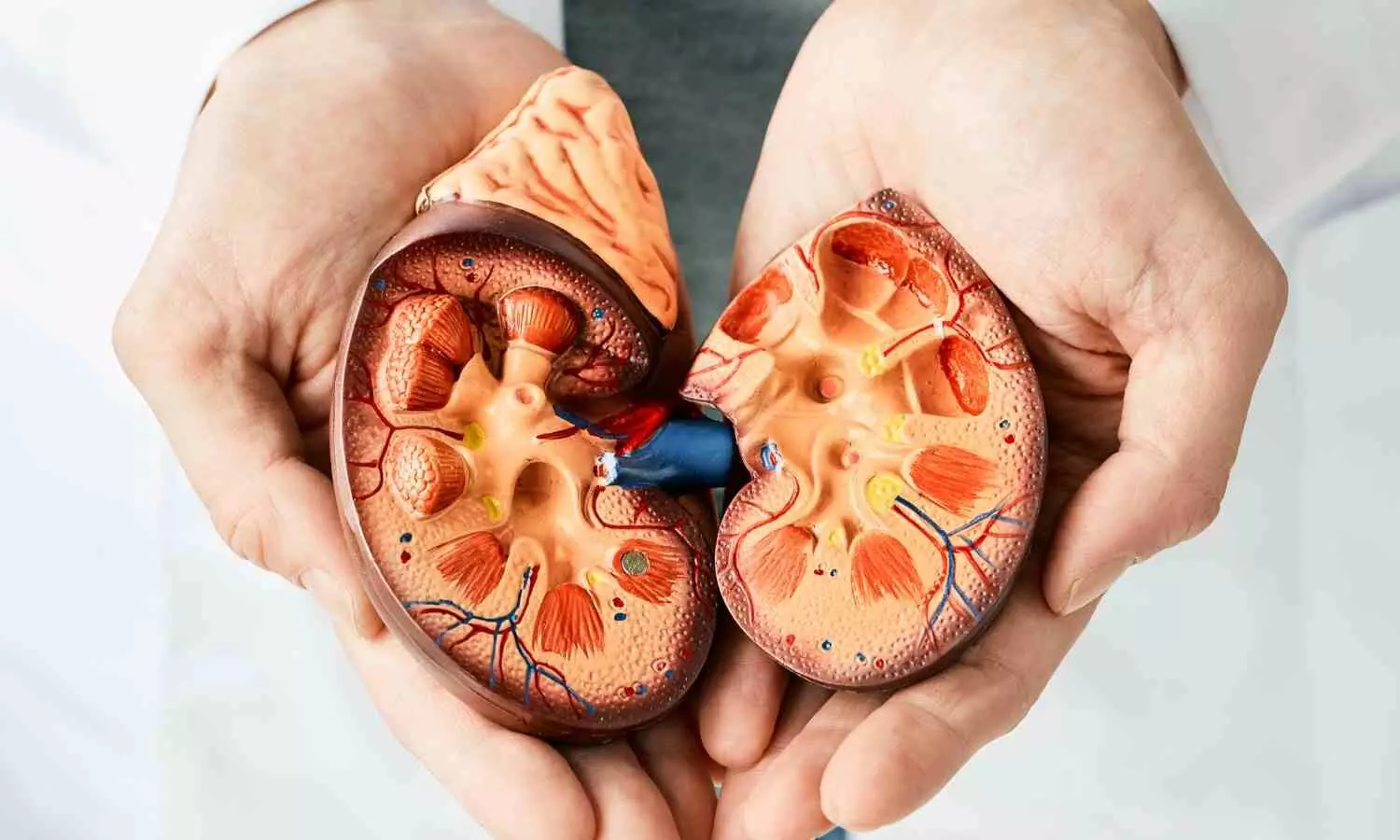Study Links Hormone Dosage in Intrauterine Systems to Increased Depression Risk in First-Time Users

Denmark: A recent study has highlighted a concerning association between the dosage of hormones in levonorgestrel-releasing intrauterine systems (LNG-IUS) and the risk of developing depression among first-time users. The research, published in the American Journal of Psychiatry, reveals that the likelihood of experiencing depression increases with higher dosages of the hormone, suggesting a dose-dependent relationship.
The findings revealed that the first-time use of an LNG-IUS was associated with an increased risk of developing depression in a dose-dependent manner across low, medium, and high-dose options.
“While the observational nature of the study does not allow for causal conclusions, the identified dose-response relationship adds to the growing body of evidence indicating a link between levonorgestrel exposure and depression risk,” the researchers wrote.
Levonorgestrel, a synthetic progestin commonly used in various contraceptive methods, has been the subject of scrutiny regarding its mental health implications. Søren Vinther Larsen, Psychiatric Center Copenhagen, Mental Health Services in the Capital Region of Denmark, Copenhagen, Denmark, and colleagues compared the risk of developing incident depression among first-time users of low-, medium-, and high-dose levonorgestrel-releasing intrauterine systems.
The national cohort study utilized Danish register data on first-time users of LNG-IUSs aged 15 to 44 between 2000 and 2022. To calculate the 1-year average absolute risks, risk differences, and risk ratios for incident depression—defined as either starting an antidepressant or receiving a depression diagnosis—Cox regression and a G-formula estimator were employed.
The analysis was standardized for factors such as calendar year, age, education level, parental history of mental disorders, endometriosis, menorrhagia, polycystic ovary syndrome, dysmenorrhea, leiomyoma, and postpartum initiation.
The study led to the following findings:
- A total of 149,200 women started using an LNG-IUS, among whom 22,029 started a low-dose one (mean age, 22.9 years), 47,712 a medium-dose one (mean age, 25.2 years), and 79,459 a high-dose one (mean age, 30.2 years).
- The associated subsequent 1-year adjusted absolute risks of incident depression were 1.21%, 1.46%, and 1.84%, respectively.
- For the users of high-dose LNG-IUSs, the risk ratios were 1.52 and 1.26 compared with users of the low- and medium-dose LNG-IUSs, respectively.
- For users of medium-dose LNG-IUSs, the risk ratio was 1.21 compared with users of low-dose LNG-IUSs.
The researchers suggest that clinicians should advise patients that there is a modest yet elevated risk of depression linked to first-time LNG-IUS use. While this association is not causal, it can provide valuable information to help patients make informed choices regarding their contraceptive options.
“These findings should be considered within the context of the limitations inherent to an observational study design, including the potential for residual confounding. When offering personalized contraceptive counseling, it’s important to balance the observed risk differences against potential benefits and other side effects associated with LNG-IUS use,” the researchers concluded.
Reference:
Larsen SV, Mikkelsen AP, Ozenne B, Munk-Olsen T, Lidegaard Ø, Frokjaer VG. Association Between Intrauterine System Hormone Dosage and Depression Risk. Am J Psychiatry. 2024 Sep 1;181(9):834-841. doi: 10.1176/appi.ajp.20230909. Epub 2024 Jul 10. PMID: 38982827.
Powered by WPeMatico



















